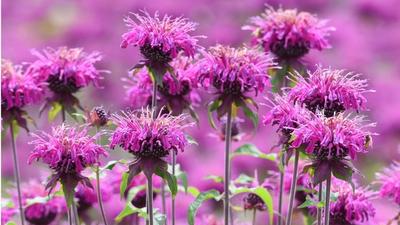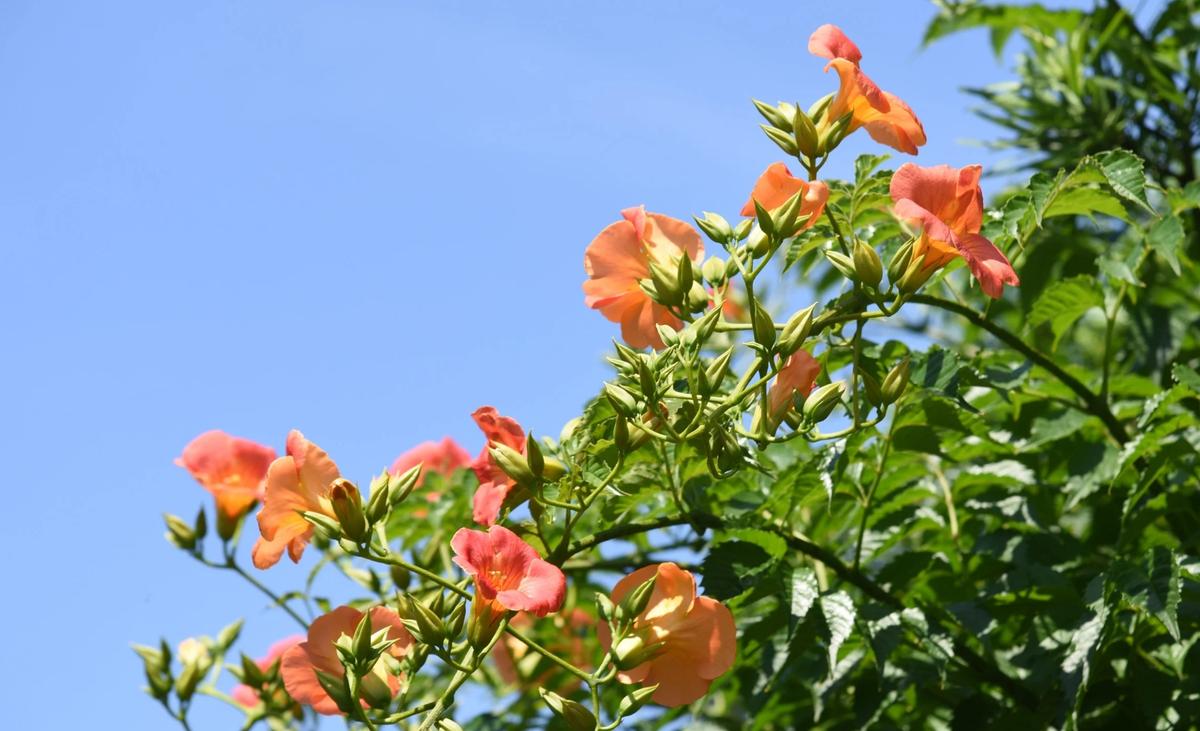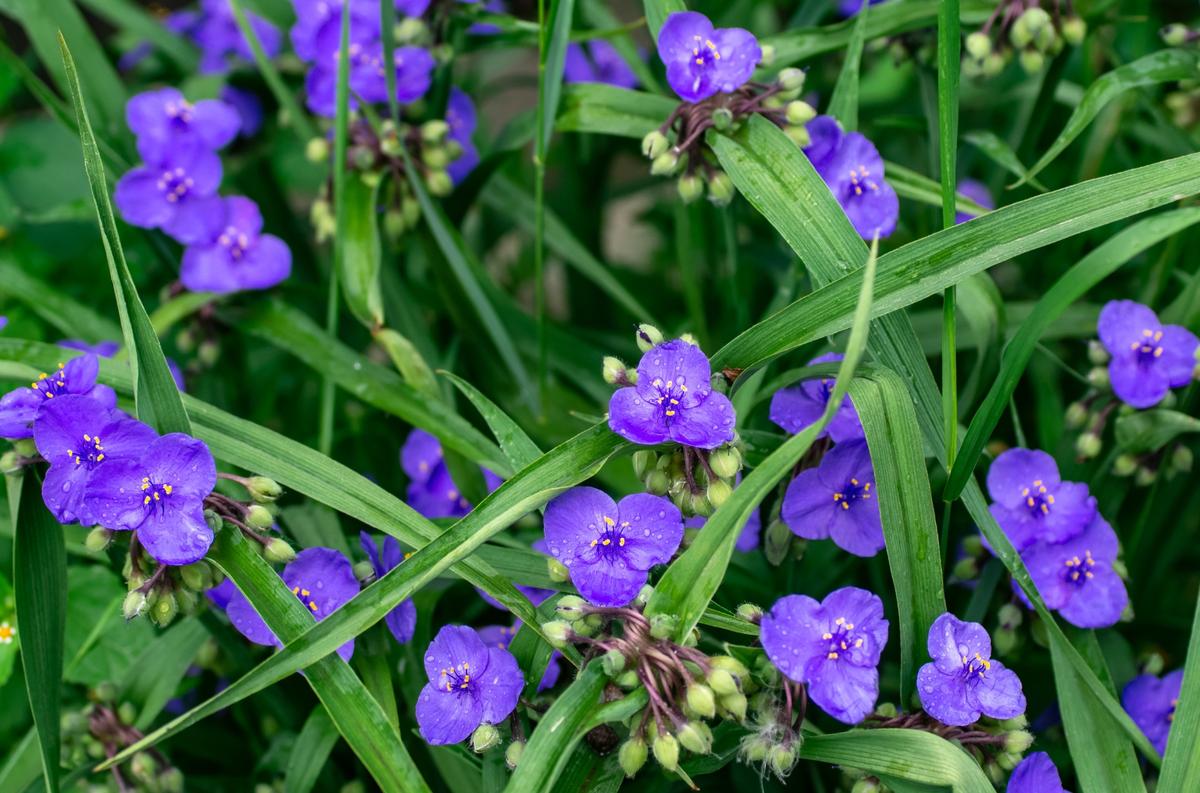Why Native Plants Matter

Well-manicured lawns have been the preferred look for American yards for more than 100 years. This perception results from a belief passed down to us for generations that lawns symbolize neatness, stature and wealth. Over time, we fell into an obsessive quest to create perfect lawns and ended up converting over 40 million acres of American land into energy and chemical-chugging carpets. In an attempt to add more greenery to the planet, we are actually accelerating its decline.
A 2020 study conducted by the University of Wisconsin suggests that the displacement of native wildflowers and trees by lawns contributes to a rapid decline of insect population, including bees that source nectar and food from these plants.


What Are Native Plants?
Native Plants are those that have evolved in a particular region for thousands of years without human intervention. They have established relationships with native wildlife, including insects, birds and animals. Native plants adapt well to the natural climatic and soil conditions of a region. They also require less water (due to deep root systems), fewer fertilizers and pesticides to thrive well.
Why should you be concerned with the loss of insects? You should be concerned because insects play a vital role in supporting the ecosystem by performing various activities ranging from upcycling nutrients, pollinating flowers to dispersing seeds and enabling energy transfers in a food chain. Simply put, insects and, indirectly, humans require native plants for survival. Thankfully, we have the power to restore the ecosystem with our own backyards!

Why Native Plants Matter
Native Plants feed native insects which in turn, convert into energy sources for birds and other animals and thereby, maintain the complex consumer-resource relationships in a food web. For instance, a native goldenrod plant can support pollinators such as bees, wasps, and butterflies. They are important hosts to beneficial spiders and insect predators such as praying mantids, lacewings, assassin bugs, and ambush bugs. Birds feed on all these insects as well as on the seeds.
Birds and insects act as pollinators which disperse seeds and pollen for plants to reproduce. A declining population of these creatures would impact about 75% of world food crops and almost 90% of plant species in the world. We might end up facing a severe shortage of food, medicines, fiber and materials that are primarily sourced from plants and trees.
Thankfully, all is not lost! By understanding the connection between native plants, insects and birds to human life, we can prevent the domino effect.


Share this article


